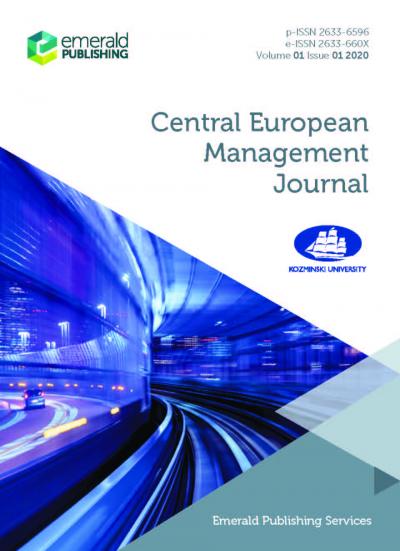The “Magic Action” of Stock Splits: Evidence from the Warsaw Stock Exchange 2003–2017
Błażej Podgórski
Kozminski University
Krzysztof Pasierbek
Kozminski University
2020 28 (1) Central European Management Journal
DOI 0.7206/cemj.2658-0845.16







